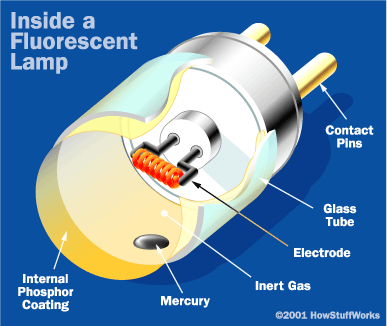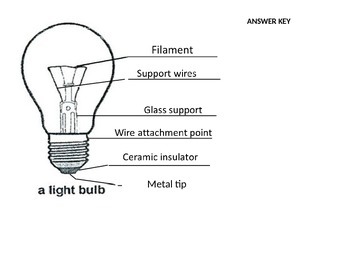

We're going "Back To School" today, revisiting a classic at-home experiment that turns lemons into batteries - powerful enough to turn on a clock or a small lightbulb. A chemical reaction between the copper and zinc plates and the citric acid produces a small current, that is able to power a light bulb. Using higher wattage bulbs than what is recommended can be a fire hazard.Electrical circuit with lemons. Some bulbs get extremely hot, so be sure to wear gloves to protect your hands from getting hurt.Īdditionally, make sure you are using the correct wattage for the particular fixture. Make sure the power is off before replacing a bulb. Yes it’s important to be careful when handling and changing light bulbs. Are there any safety precautions to consider when using light bulbs? In some cases, the filament may also be visibly broken or burnt, which indicates that the bulb has reached the end of its life. Whenever a light bulb burns out, it will usually stop emitting light and may appear darker in color than usual.

How do you know when a light bulb is burnt out? Incandescent bulbs generally have a much shorter lifespan of about 750 hours. Compact fluorescent bulbs typically last anywhere from 5,000 to 10,000 hours, while LED bulbs can last 10 years or more. The life expectancy of a light bulb varies depending on the type and wattage. What is the life expectancy of a light bulb?

The outer covering is typically made from glass or plastic, while the filament is usually made from tungsten wire. Generally, the bulb is composed of two main parts: an outer covering and a filament inside. Light bulbs are made in a variety of ways. The energy is produced when an electric current passes through a thin wire filament inside the bulb, causing it to heat up and emit visible light. Image Credit: LookerStudio, Shutterstockįrequently Asked Questions (FAQs) How do light bulbs work?Ī light bulb works by producing energy in the form of heat and light. But in most cases, a little safe handling will ensure that there are no hazards when using light bulbs. Incandescent bulbs are notoriously inefficient and waste a large amount of energy in the form of heat compared to more modern options like LEDs or CFLs.Īnother issue is that they can be dangerous when used incorrectly-it’s important to make sure that any electrical wiring or connections are properly insulated and that the bulbs themselves meet safety standards.

Light bulbs also have some drawbacks, the main one being their energy efficiency.


 0 kommentar(er)
0 kommentar(er)
